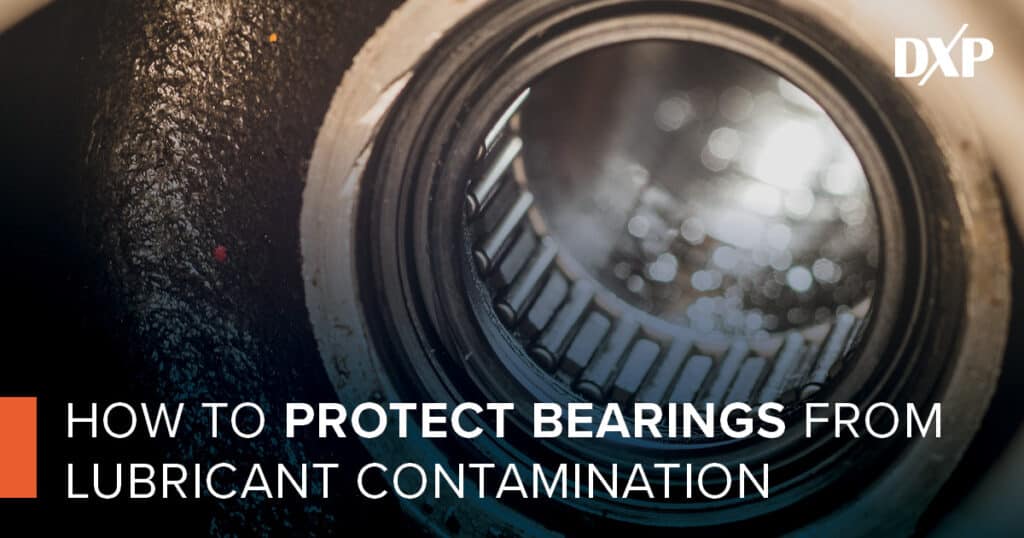Lubricant contamination is one of the most common causes of equipment failure. It can hinder pump system performance, lead to unnecessary downtime, and shorten the lifespan of valuable equipment. Lubrication maintenance should always be a top priority for pump operations.
Maintaining the lubrication on your bearings and other lubricated parts is about more than periodically adding fresh oil. You also need to check for contaminants like dirt, water, or metal shavings that can accumulate when the components aren’t properly lubricated. If there are contaminants in the lubrication, you need to determine the source of entry. Unless dirty oil was put in periodically to the machine to begin with, the most likely weak point is the oil seal.
Optimized oil performance depends on an oil seal or bearing isolator that is properly designed and fitted to the equipment. This is generally the best way to prevent lubricant contamination in your pump bearings. It is important to realize there are many different types of bearing isolators and not all will work with all types of machines and bearings.
How Do Bearing Isolators Work?
Standard bearing isolators will utilize centrifugal force. This will effectively expel harmful contaminants during rotation. Problems often occur during the shutdown when the bearing housing temperature cools down. This can create a vacuum allowing air to enter from the outside until it reaches the equilibrium point. Dust and moisture can become entrapped in this air and will contaminate the oil.
Specialized bearing isolators will generally feature a specific design trait. An internal condensate trap can capture excess moisture and contaminants, and then expel them out a small weep hole. This keeps contaminants from penetrating the lubricant, even when the equipment is not operational.
Specialized Bearing Isolators
Certain equipment or process applications may require specific bearing isolator designs and features. Most rotating drive equipment will be fine with a standard bearing isolator, as long as the isolator, bearing, and lubrication are properly maintained. Otherwise, you may want to apply equipment-specific isolator technology for specialized applications. Here is how lubricant contamination can affect specific equipment components:
- Gearboxes—Any bearing leakage can often impact the gearbox since it will generally be located beneath the equipment. This can increase the risk of contamination. A more robust gearbox seal may be required. No matter what type of lubrication your gearbox uses (bath/flooded, spray or forced), it is imperative you keep the lubricant free of water and dust containment.
- Pillow Blocks—Most pillow blocks utilize labyrinth (LOR/LER) rings to seal bearings. These rings may not always be adequate. Pillow block bearings are very tight and require clean oil at all times. You may consider a replacement bearing isolator, which can help improve the lubrication performance and thus increase the lifespan of the equipment.
- Flange-Mounted—Some equipment features flange-mounted bearings that help prevent axial load on the bearing itself. Specialized bearing isolators are designed for flange-mounted bearings and will help avoid problems like lubricant contamination.
For help with your pump system bearing maintenance and specialized bearing isolator selection or installation based on your equipment or application, contact DXP Pacific today. We’re here to help with all your pump system needs, big and small

